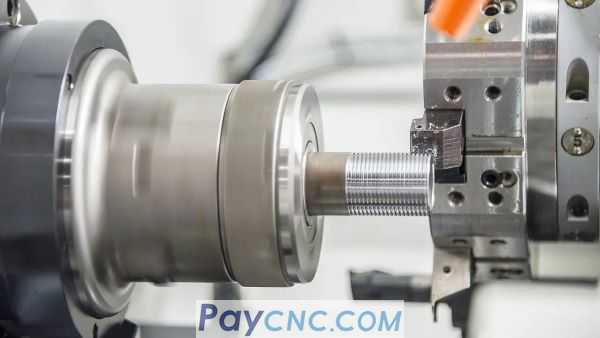What is the accuracy of CNC machine tools in my country? How big is the gap with foreign countries.
The level of a machine tool depends on its repeated positioning accuracy. If the repeated positioning accuracy of a machine tool can reach 0.005mm (ISO standard.,
Statistical method) is a high-precision machine tool. Below 0.005mm (ISO standard., statistical method), it is an ultra-high-precision machine tool. High-precision machine tools must have the best bearings and screws.

When talking about the "precision" of CNC machine tools, it is important to clarify the definitions and calculation methods of standards and indicators.
JISB6201 or JISB6336 or JISB6338 standards are usually adopted when the "precision" of the Japanese machine tool production trademark is determined. JISB6201 is generally used for general-purpose machine tools and ordinary CNC machine tools,
JISB6336 is generally used for machining centers, and JISB6338 is generally used for vertical machining centers. The above three standards are basically the same when defining position accuracy.
The article only takes JIS B6336 as an example, because on the one hand, the standard is relatively new, and on the other hand, it is slightly more accurate than the other two standards.
European machine tool manufacturers, especially German manufacturers, generally adopt the VDI/DGQ3441 standard.
U.S. machine tool manufacturers usually adopt the NMTBA (National Machine Tool Builder's Assn) standard (the standard is derived from a study by the American Machine Tool Manufacturers Association,
(Promulgated in 1968 and later revised).
The standards mentioned above are all related to ISO standards.
The dimensional accuracy and shape and position accuracy of typical parts processed by the machining center are taken as an example to compare the level at home and abroad. The domestic level is roughly 0.008~0.010mm.
The international advanced level is 0.002~0.003mm.
Although the development of my country's machine tool manufacturing industry has its ups and downs, it has been paying more attention to CNC technology and CNC machine tools, and has strong market competitiveness.
However, in terms of medium and high-end CNC machine tools, there is still a big gap with some foreign advanced products and technology development, and most of them are in the technology tracking stage.
Ultra-precision machining currently refers to the size and position accuracy of 0.01~0.3μm, the shape and contour accuracy of 0.003~0.1μm, and the surface roughness of steel parts Ra≤0.05μm,
Copper parts Ra≤0.01μm. Domestically developed ultra-precision CNC lathes and CNC milling machines have been put into production. At present, it is necessary to develop ultra-precision grinders and ultra-precision composite processing machine tools in varieties.
At the same time, it is necessary to further improve the performance of ultra-precision spindle unit, ultra-precision guide rail sub-unit, ultra-precision smooth drive system, ultra-precision contour control technology and nano-resolution numerical control system and accelerate its engineering.
Ultra-precision machine tools are mainly used to solve the ultra-precision processing of domestic high-tech and national defense key products. Although the demand is not very large, it is a sensitive technology that is blocked by foreign technology.
On the other hand, the in-depth research on ultra-precision machining technology and the extension of its results will help the development and industrialization of high-precision machine tools that require a large amount of machining accuracy in the sub-micron level.
|
 |
| Products Catalogue | Home | About Us | Retrofit | Download | News | Tech Support | Contact Us | |
|
|
|
